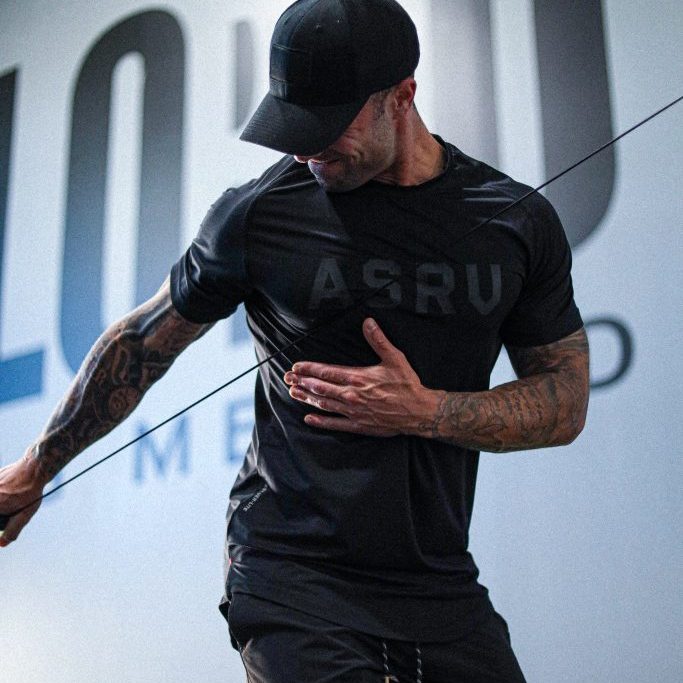What is the repeated bout effect?
The repeated bout effect (RBE) occurs when a single bout of unfamiliar eccentrically based exercise gives protection against muscle damage from a subsequent session of similar activity. A good example is when you squat for the first time. Squatting has a large eccentric movement that causes muscle damage. The next time you squat you’ll be less sore and have less muscle damage.
Is Muscle Damage Important?
We know muscle damage occurs because of a few indicators: delayed onset muscle soreness (DOMS), reduced range of motion (ROM), increased creatine kinase (CK) in the blood, myofibrillar disruption in the extracellular matrix, and decreased muscle strength. These indicators recover fairly quickly (2-14 days) depending on your experience level and how much training volume you completed during the workout. The indicators recover faster after the first time you ever do an exercise and that is the whole idea behind the RBE.
The RBE has been studied since the 1980s. It can occur after all types of exercise, including marathon running and traditional strength training. The exact mechanisms are still not clear, but there are three main components:
- Metabolic events from training cause hypoxia and ischemia that result in waste accumulation and inflammation at the cellular level.
- Cytoskeletal or membrane proteins are disrupted by mechanical tension.
- Neuromuscular adaptations occur via motor units.
In 2003, McHugh concluded that these three adaptations (neural, mechanical, and cellular) might complement each other or operate independently, and that a unified theory to explain the RBE remains elusive. A decade later, it seems most likely that these three adaptations work together to coordinate the RBE. However, they also may work independently. Honestly, we haven’t really learned a whole lot in the past 20 years, so more research is needed to better understand the underlying mechanisms.
Specific Muscle Activation, Exhaustion, and Damage
The RBE is specific to the muscle exercised, with studies showing there is no cross-transfer to contralateral muscle groups. This means that if you exercise one leg or arm it won’t help the opposite limb adapt to the movement. We don’t see many people trying to do that anyway, so cross-transfer is more of a scientific novelty than an application of RBE. On a more interesting note, different exercise variations do provide a RBE. In one study, 100 maximal eccentric leg extensions provided protection from a subsequent bout of downhill running.
More recent (and applicable) research agrees, with Zourdos et al., finding that incline curls caused a protective effect during subsequent preacher curls compared to repeating incline curls, meaning RBE was not exercise specific. From a practical standpoint, this means that you can switch exercise variations without having to worry about being sore or causing as much muscle damage in similar exercises.
How Long Does Muscle Damage Last (RBE Duration)
Several studies have helped us figure out that RBE lasts for a long time. One study reported participants had less DOMS and CK when a repeated bout of downhill running was done six weeks after the first bout. Going out even longer, another study reported that RBE lasts at least 6 months but is lost between 9 and 12 months.
This may seem counterintuitive because if you take a break from exercising for a month you often get sore when restarting. The thing to remember is that it will never be as bad as the first time you exercised, which is the idea behind RBE. Ultimately, our muscles have an intrinsic protective mechanism that reacts to exercise-induced damage using an adaptive response that endows resistance to subsequent exercise-induced damage stimuli.
Conclusion:
To sum it up and give some practical application: RBE occurs after the first time you exercise a muscle and helps you adapt to DOMS, reduced ROM, muscle damage, and reduced performance. RBE lasts around 6 months and transfers between exercises so you don’t have to worry that switching your programming will cause you to restart RBE.






















































































































































































































































































































































































































































































